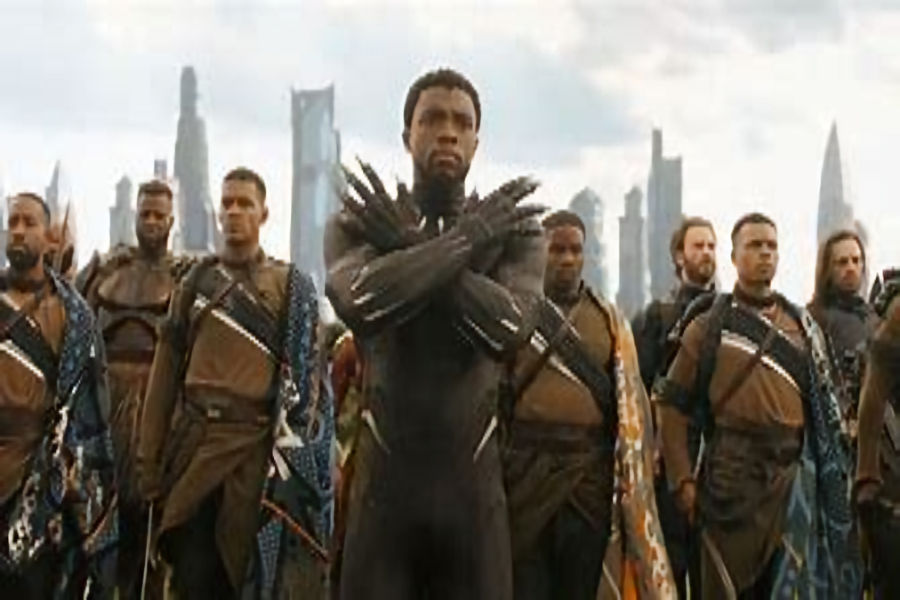by Tonny Leachney
Black Panther is in many ways a love letter to black culture. Africa has traditionally been an unsophisticated player in American media, often portrayed as backward, savage, and chaotic in everything from news coverage to films. It’s a portrayal that has left little room for other interpretations, which is why Black Panther’s vision of Wakanda as a bustling metropolis of vibranium-powered futuristic skyscrapers, racing trains, and soaring spaceships feels so refreshing.
Part of the storytelling was that Wakanda was one of the first peoples and as they spread out they took their traditions, their architecture and their pottery with them and that became the basis for Kenya and that became the basis for the Central Republic of the Congo. So it allowed them to pull from everywhere rather than just saying it’s just inspired by this one place because there’s so much great design honestly. It’s wanted it to be, in a way, a love letter to Africa which you don’t get to see a lot on film.
The excitement around Black Panther doesn’t exist in a vacuum; the film is the latest in a string of high-water-mark moments for a black pop culture landscape that’s experiencing a renaissance. Here, I’m going to discuss some of the cultural portrayals and influences according to the film.
Content:
Dress code and costume, especially where large numbers of spectators come to watch Tchalla’s challenge at the waterfall at Wakanda. Black Panther’s costuming was an opportunity to infuse meaning and pride into the movie. The costumes, like Wakanda itself, needed to evoke a place and people that had “never been colonized, one that looked toward the future but was based on a real past.”
It also represented the ‘African style’ culture similar to countries like Nigeria for example. Some of these are known as ‘vitenges’ – well according to East Africa, so it depends on which side of Africa but they each have their dress style for every occasion.
Not forgetting the body markings on Nakia (Lupita, Erik Killmonger and Ramonda, these could be paintings, tattoos permanent marks and masks which signify different things in African cultures, ranging from power, initiation, rites, warriors, traditional weddings, protection and many more. These could go along with neck pieces, body art and chains, bracelets and all types of jewelry signifying African black cultures.
The movie also has scenes showing how African cultures address or respond to their masters, in the movie, King James is bowed almost as if he was going to be kissed on his hand. The traditional challenge example that of the Wakanda king at the waterfall, is a political challenge similar to those in African or third-world black communities. Not only that, the vague “cultural and political reasons” are at the heart of a movie phenomenon that’s inspired everything from Black Panther-themed watch parties to a voter registration initiative to a curriculum that encourages educators to leverage the film to teach deeper histories about African culture, politics, and history.
Talk of spears and war, war costumes and how bodyguards walk around any king who takes the Wakanda throne. How the superhero or warrior attire is made/portrayed in the movie signifies not just how the African political culture is but develops a better way of how it should be.
The film has also jumped into the current of black political thought and action, prompting challenging think pieces about how T’Challa and Killmonger’s rift is representative of familiar ideological debates in the black community, and what the film’s politics represent about the state of black America.
In conclusion, Black Panther offers African American and black culture the opportunity to reexamine and reimagine their place in the world, both literally and figuratively. Wakanda has emerged as a vision of what’s possible; representing what true liberation could look like.

